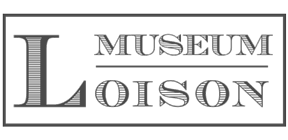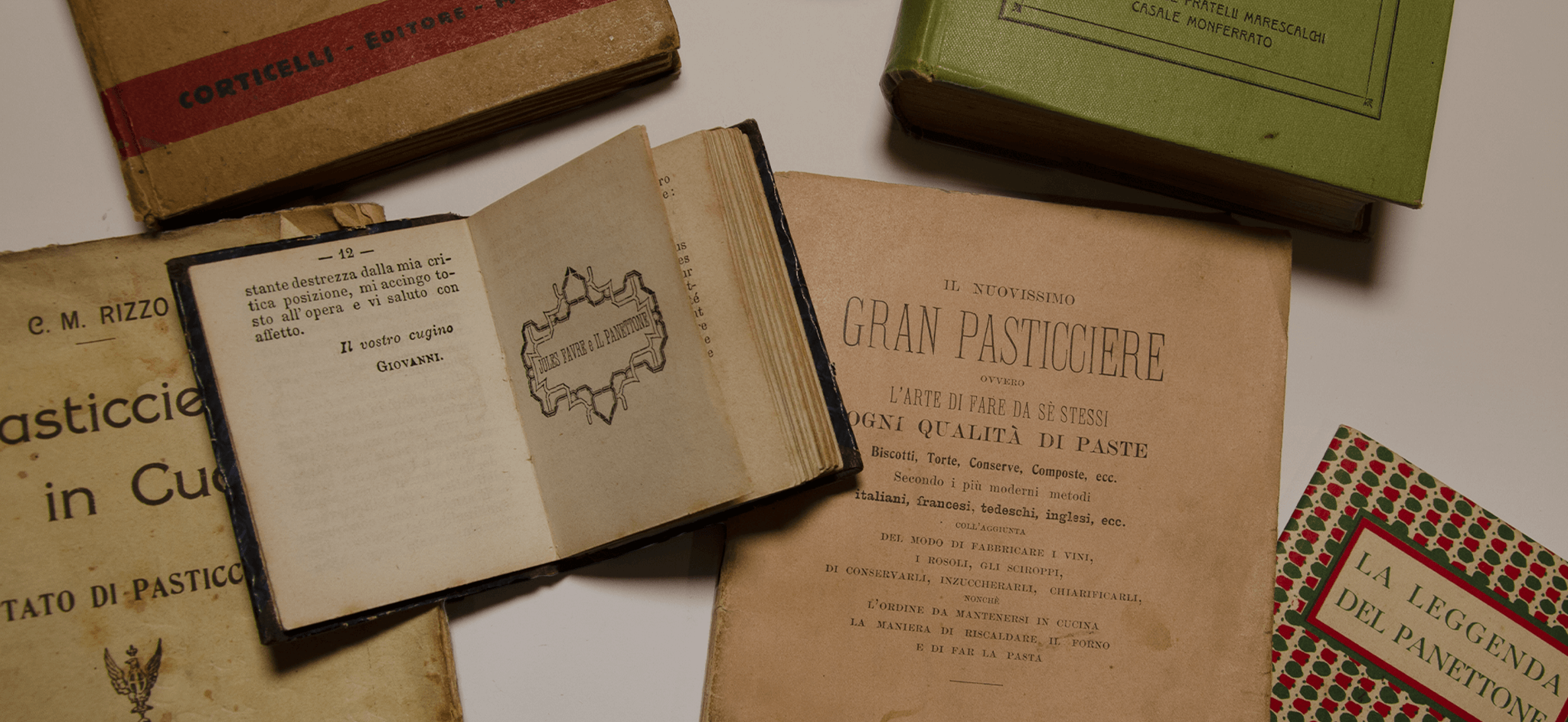A precious collection of ancient books dedicated to the world of pastry and baking is kept at Loison Museum. Manuals, monographs, recipe books from all over the world. Stories of pastry chefs and their art, which is made available to young apprentices: practical advice, decoration techniques and much more.
Immersing yourself in these books means getting in touch with a dense mix of facts, traditions and characters that have made a craft an art.
Man has always handed down the secrets of culinary art from generation to generation. Among the ancient books of the Loison Museum we also find precious patisserie manuals such as “Il pasticciere e confettiere moderno” by Giuseppe Ciocca in which we find an interesting section dedicated to the decoration of cakes and desserts through the use of decorative perforated plates introduced in the years ’20 of ‘900.
Fun facts! The origin of Pastry
In the Treccani encyclopedia, under the heading “Pastry” it says: “Properly speaking, the word pastry should indicate the pastry art in general and its products, that is, the” mil cosas que la miel y el azúcar hacen sabrosas “(Cervantes). However, we prefer to understand with it what in France it is customary to call pâtisserie légère, that is, those desserts and pastries that are eaten outside or at the end of the table, and the art of packaging them: excluding biscuits, sugared almonds, ice cream, etc., which are discussed in the respective entries. ”
In the early Middle Ages the art of pastry is almost null; only in the nuns’ convents are sweets and pastries such as “favette”, waffles etc. prepared. It was between 1200 and 1300 that the first real pastry products appeared such as cakes, “tartare”, “pinocchiate”, tarts and fruit compotes.






